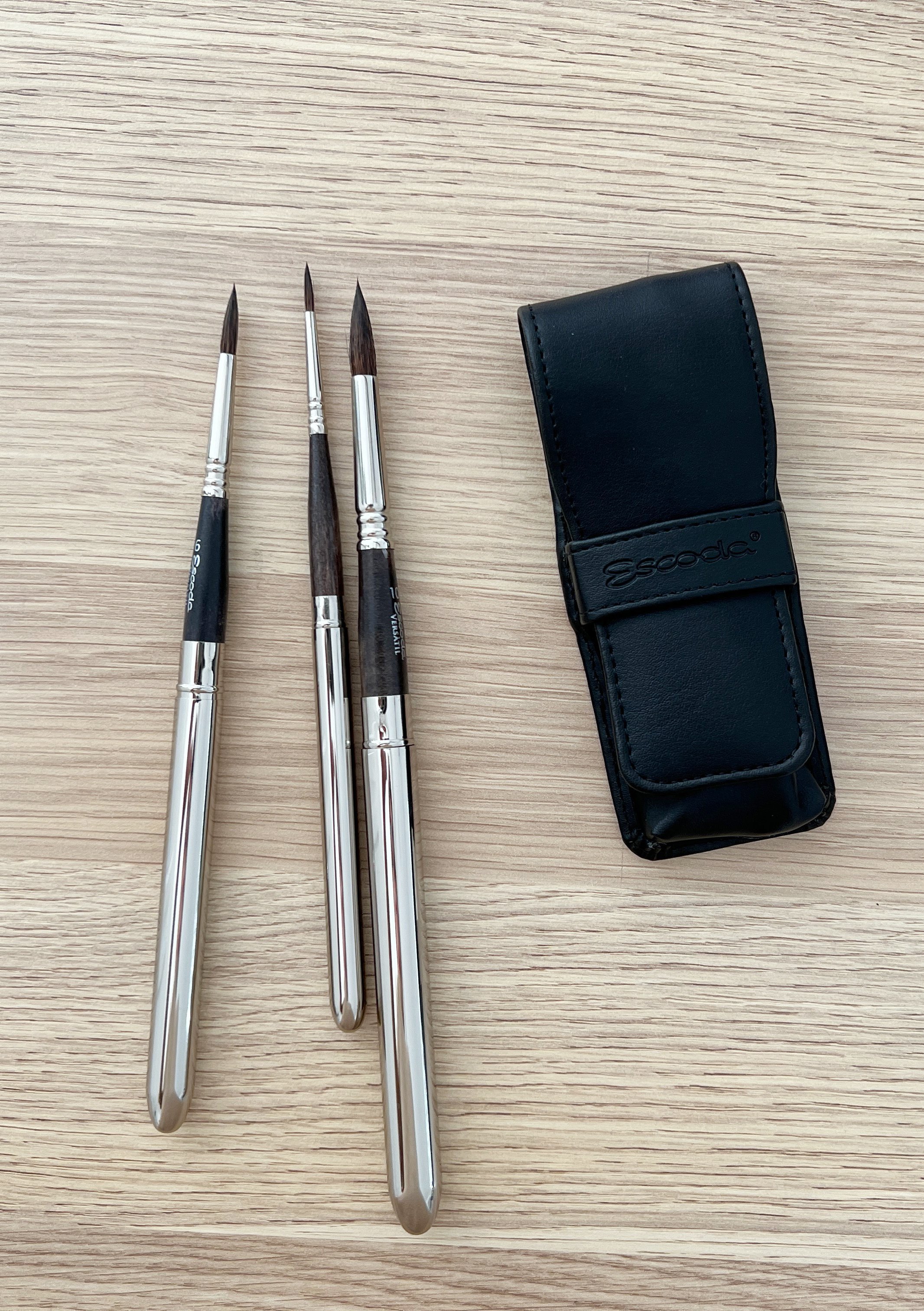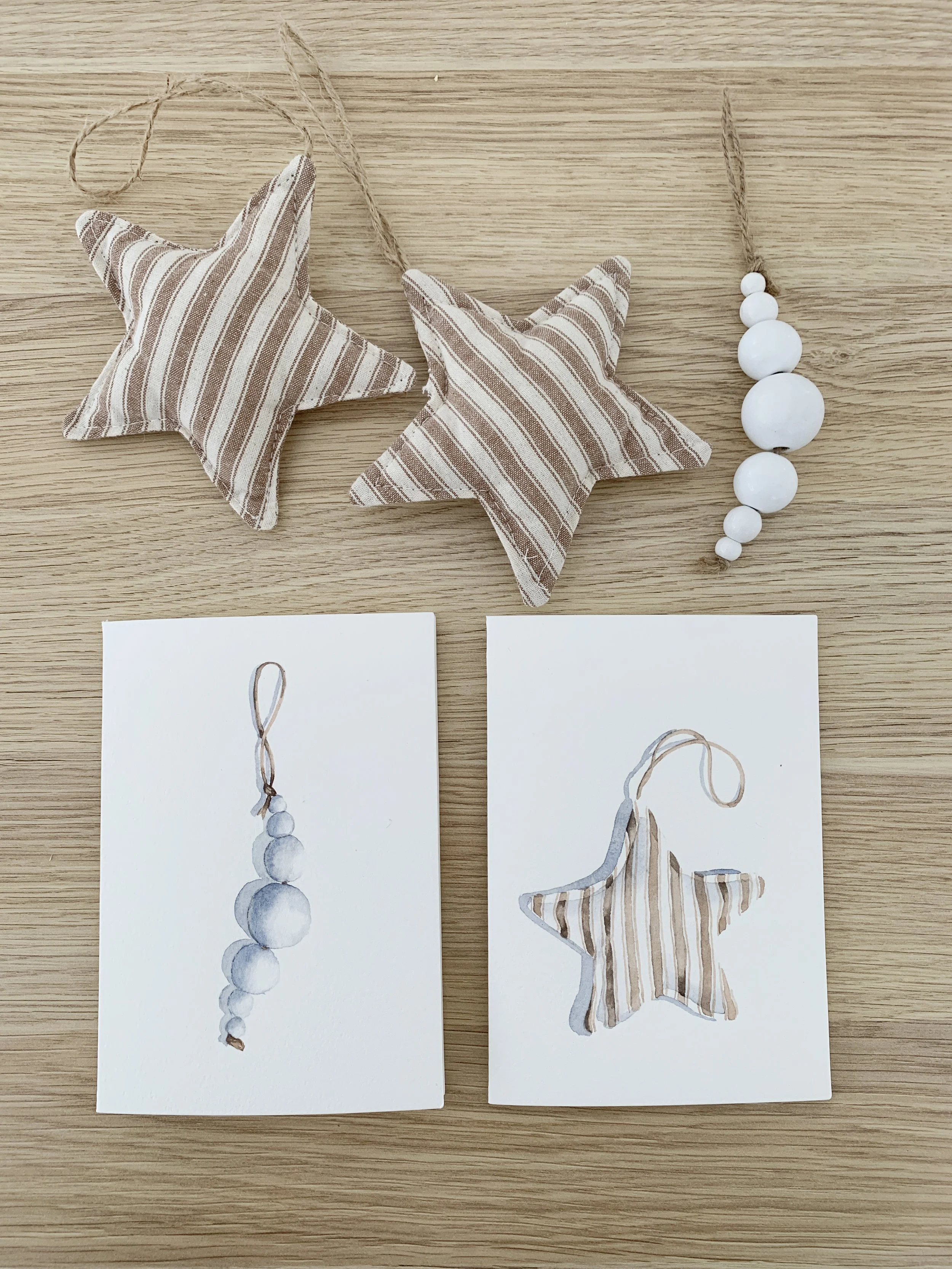Paint Outdoors: Embracing Plein Air Painting in Watercolour
So, you’ve decided to paint en plein air in watercolour—brave soul!
Venturing outside with your art supplies can be both exhilarating and daunting, but worry not, for this guide will equip you with all the essentials and a few laughs to get you started.
Imagine yourself as an adventurous artist-explorer, ready to capture the beauty of the wild while fending off curious squirrels and the occasional gust of wind that tries to turn your masterpiece into a modern art piece.
Ready? Let’s dive in!
Finding Your Perfect Spot
Choosing where to set up is paramount. Look for a location with a mix of shade and sunlight. Sitting directly under the blazing sun can turn your painting session into an unexpected barbecue. On the other hand, too much shade can dull your colours and your spirits. Parks, gardens, and lakesides often offer the perfect balance.
Bonus points if you find a spot with a convenient bench or a flat rock and natural shade!
A Bench in a Flower Garden, Ideal for Plein Air Painting. Image by Christina Strauch from Pixabay.
The Essential Kit: Watercolour plein air setup
Packing for a plein air session is akin to preparing for a mini expedition. Here’s a checklist to keep you on track without turning yourself into a packing mule:
1. Portable Easel or Sketchbook: A lightweight easel is perfect for larger works, but a sturdy sketchbook can suffice for quick studies. An old camera tripod with a board attached to it can work as well! Get creative, but keep it light, small and carryable.
People Painting Outdoors in a Park. Image by Gerhard Bögner from Pixabay.
2. Watercolour Palette: Pre-load your palette with your favourite colours to avoid the mess of carrying tubes, or buy a small, ready-made palette with the basic colours. Your palette should be closable or have a lid to prevent mud, dust, and leaves from finding their way into your paints.
This is small metal Schmincke watercolour palette with a lid. It has pan watercolour paints in it in a selection of colours.
I love these travel brushes by Escoda.
3. Brushes: Bring a small selection, but prioritise travel brushes with protective covers. Don't forget a pencil and an eraser, if you want to start with a quick sketch. (image above)
4. Water Containers: Collapsible water containers are a space-saver. Bring extra water - nature doesn’t always provide a convenient stream.
5. Paper Towels and Sponges: For blotting and cleaning.
6. Sun Protection: A wide-brimmed hat, sunglasses, and sunscreen will keep you comfortable.
Hat and Sunglasses on the Beach. Image by Thomas Schroeder from Pixabay
7. Portable Chair: A lightweight, foldable chair can save your back and backside.
8. Bug Spray and Snacks: Trust me on this one - both are lifesavers.
9. Clamps: Essential for windy days, these will hold your paper down and keep it from becoming an unintended kite.
Clamps and Binder Clips that I use.
The Best Paper to Use
Choosing the right paper is crucial for your plein air adventures. Consider using a watercolour pad, which offers convenience and easy tearing of individual sheets. A watercolour block is excellent for outdoor painting, as it keeps your paper stretched and flat, reducing the need for a separate board.
Sketchbooks with high-quality watercolour paper are great for studies and practice. Ensure your paper is at least 140lb (300gsm) to handle washes without buckling. Each option has its benefits, so decide based on your preference and painting style.
This is my finished plein air painting in a Winsor & Newton watercolour journal - A5 size.
Tackling the Challenges
Plein air painting presents unique challenges, but with a bit of preparation, you can turn these into creative opportunities.
What to Focus on First
If you’ve never painted plein air before, start simple. Focus on capturing the essence of your subject rather than getting bogged down in intricate details. One of the greatest advantages of painting plein air with watercolour is that it encourages quick, efficient work, pushing you to simplify your subject and focus on the essence rather than getting lost in the details. This approach not only sharpens your observational skills but also helps you develop a more intuitive and spontaneous style, capturing the mood and energy of the scene with greater authenticity.
Begin with a quick sketch to establish your composition and the major shape. Observe the light change and shadows, noting how they define your subject. Practice mixing a few basic colours on your palette to get a feel for the medium in the natural light.
As you gain confidence, you can gradually tackle more complex scenes and refine your painting techniques. Embrace the unpredictability of the outdoors, and remember that every painting session is a learning experience.
Watercolour Painting of Distant Trees.
Watercolour Painting of Trees
Watercolour Painting of a Tree Silhouette.
Watercolour Painting of Overhanging Branches.
Weather Woes
Always check the forecast. A sudden downpour can add an unintentional wash to your masterpiece. Carry a plastic sheet or a large umbrella to protect your work and yourself from unexpected showers. Extreme heat can dry your paints too quickly, while cold can make your fingers stiff and clumsy. Dress in layers and bring plenty of water to stay hydrated.
Light Changes
Natural light shifts throughout the day, altering shadows and highlights. Capture quick sketches of your scene before diving into detailed work to maintain consistency. Observe how the light affects your subject at different times, and decide which moment you want to capture.
Artist Painting in the Countryside. Image by Mary Bettini Blank from Pixabay.
Curious Onlookers
Curious passersby are part of the plein air experience. Embrace their interest with a smile - who knows, you might inspire a future artist or meet other artists in your area! Be prepared for questions and comments, and use them as an opportunity to share your love for painting.
Wind and Paper Flapping
The wind can be a real nuisance, turning your paper into a flapping distraction. Use clamps to secure your paper to your easel or drawing board. This simple tool can save you from the frustration of constantly adjusting your work. There’s a photo of the clamps I use above.
Taking Your Watercolour Supplies on Vacation
Combining your love for travel with your passion for watercolour can be incredibly rewarding. When packing for a vacation, opt for a compact and portable kit. Include a small sketchbook, a limited palette with primary colours, travel brushes, and a collapsible water container. Ensure your supplies fit into a small, durable bag that’s easy to carry.
Look for scenic spots with minimal foot traffic to set up, and be mindful of weather conditions in your destination. A little planning can turn your holiday into a creative retreat!
Artist Painting in Porto, Portugal. Image by sgrunden from Pixabay.
The Joy of the Process
Remember, plein air painting is as much about the experience as it is about the final piece. Embrace the sights, sounds, spending time outdoors, and even the occasional bug landing in your paint. Each session will get you out of your comfort zone, inspire you, and will enhance your observation skills and deepen your appreciation for nature’s ever-changing beauty.
Wrapping Up with a Smile
At the end of your session, take a moment to reflect on your progress. Whether you’ve captured a stunning landscape or simply enjoyed a day outside, each watercolour painting outdoors adventure adds to your growth as an artist.
And if your plein air paintings look more like a Rorschach test than a masterpiece, just tell yourself it’s abstract art and call it a day!
Happy painting, and may your plein air excursions be filled with creativity, laughter, and just the right amount of sunshine.


















